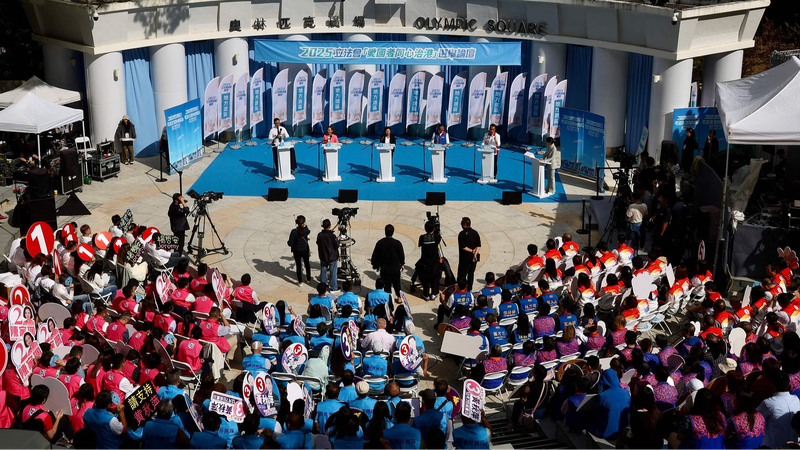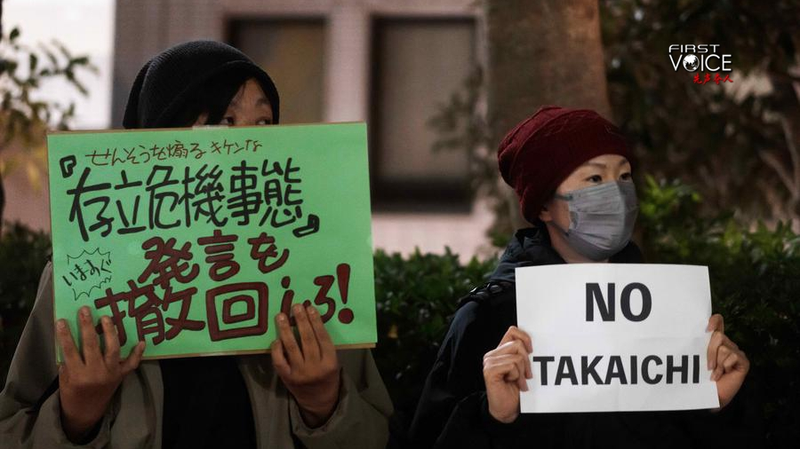On May 20 local time, the U.S. President Donald Trump unveiled a bold design for the new "Golden Dome" missile defense system—a multilayered, $175 billion project that aims to place weapons in space for the very first time.
Touted as a "revolutionary leap" in homeland defense, the initiative plans to deploy a vast network of satellites with advanced sensors and interceptors in low Earth orbit to track and neutralize both ballistic and cruise missile threats. 🚀
While the concept echoes earlier efforts like the Strategic Defense Initiative and subsequent missile defense programs, the Golden Dome sets itself apart with its global ambition. Imagine a shield so vast that it covers the entire planet—an idea as futuristic as it is controversial! 🤔
Some experts warn that by potentially undermining an adversary's second-strike capability, the system could destabilize the delicate balance of global deterrence. Moreover, placing defensive assets in outer space—a realm long reserved for peaceful exploration and scientific progress—may inadvertently spark a new race to weaponize the cosmos. 🌌
Concerns have also been raised by a number of international observers, including representatives from China and Russia, over the unilateral rollout of such a transformative project without broad multilateral consultation. This approach challenges long-standing norms of arms control and could lead to accelerated investments in counter-space technologies around the world. 💥
Despite the high hopes pinned on the Golden Dome, many remain cautious. Intercepting fast-moving, maneuverable targets in space presents formidable technological challenges, and systems that promise perfect protection might only offer psychological reassurance while edging policymakers toward risky overconfidence.
Reference(s):
U.S. 'Golden Dome': A glimmering shield or a blow to global stability?
cgtn.com




